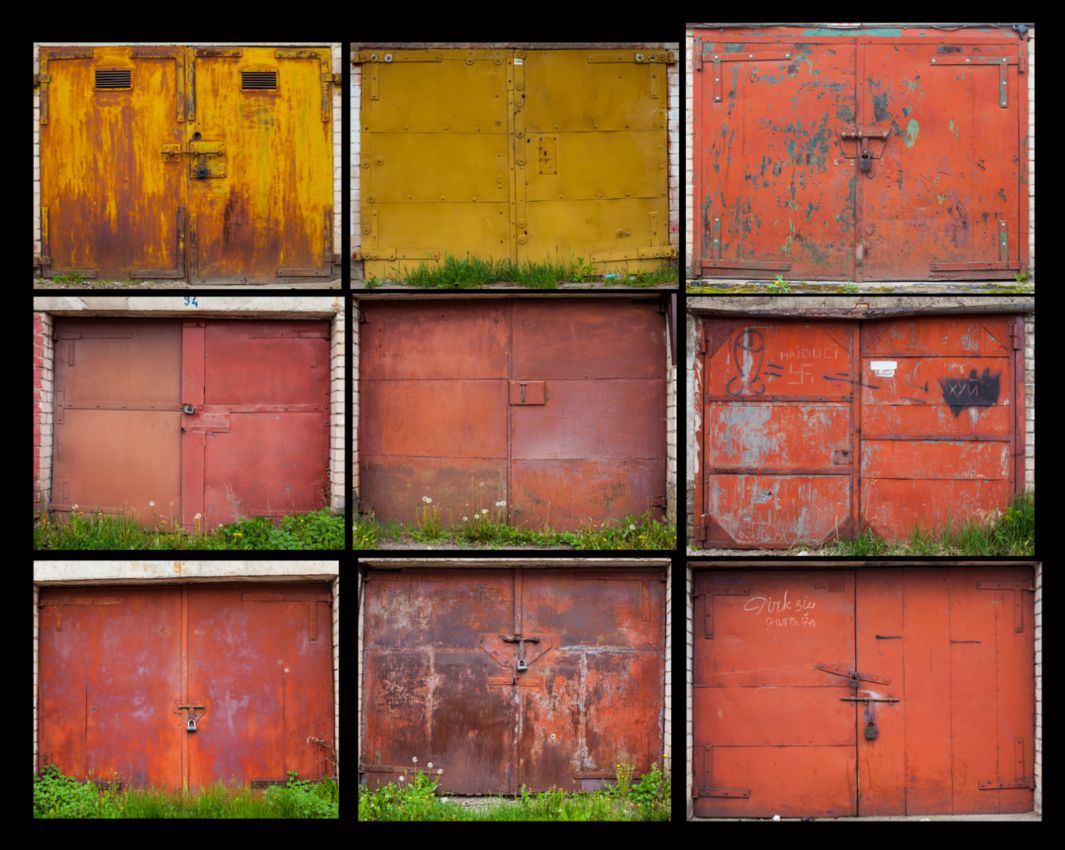Climate 101is a Mashable series that answers provoking and vice bigfoot eroticismsalient questions about Earth’s warming climate.
The U.S. is getting its first major offshore wind farm. And it's a big deal.
The Biden administration recently gave the green light for the company, Vineyard Wind, to build 62 colossal wind turbines (over 800 feet tall) off the coast of Massachusetts, creating enough energy to power some 400,000 homes. The project is a significant leap in the nation's ability to harness powerful winds that blow over the ocean, producing bounties of clean, renewable energy.
"This is an imperative for us," emphasized Ben Schafer, a civil engineer and director of the Sustainable Energy Institute at Johns Hopkins University. The U.S. has to start somewhere to establish reliable offshore wind in coastal areas where most Americans live and consume energy.
It's how growth begins. "Scale only happens when you start approving these bigger projects," Schafer said.
The wind farm, currently planned to go online in 2023, will produce some 800 megawatts of energy, though the Biden administration has ambitious plans to stoke a surge of similar projects this decade, resulting in 30 gigawatts of energy from offshore wind by 2030. That means the Vineyard Wind project achieves about 3.3 percent of this decadal goal. Still, it's making a meaningful dent in humanity's immense, and still growing, carbon problem.
"What matters is you're removing a chunk of energy produced by conventional [fossil fuel] technology and replacing it with clean energy," emphasized Yury Dvorkin, a professor of electrical and computer engineering at New York University who researches energy grids.
 In March 2021, an engineer works atop a wind turbine off of Gochang, South Korea. Credit: JUNG YEON-JE / AFP via Getty Images
In March 2021, an engineer works atop a wind turbine off of Gochang, South Korea. Credit: JUNG YEON-JE / AFP via Getty Images Today, the potent greenhouse gas carbon dioxide (as well as methane) is surging in Earth's atmosphere. CO2 levels haven't been this high in some 3 million years, a much warmer time when sea levels were around 30 feet higherand giant camels dwelled in high Arctic regions. (Today, of course, sea levels haven't nearly caught up with such rapidly skyrocketing CO2 levels, but the seas are gradually rising.)
The approval of this first major offshore project may trigger other green lights soon enough, like a similar wind farm off the windy Maryland coast. "It does signal relatively quick approval of the many projects in planning," said Pierre Conner, an energy markets expert and executive director of the Tulane Energy Institute. "It also reduces the uncertainty of approval to accelerate more offshore projects."
Both land wind farms and those in the ocean must co-exist to help create an energy system that produces carbon-free energy. Yet offshore wind certainly has unique benefits. The ocean doesn't provide much resistance to wind, like forests and topography can. "The winds are better and faster," explained Charles Meneveau, a mechanical engineer and wind energy expert at Johns Hopkins University. Offshore wind can also ease potential "land use" issues caused by sprawling wind projects — though wind turbines can operate on farms and earn farmers money, thus not taking up "more land." "Some studies indicate 40 times more land is required for wind power than natural gas-powered electricity generation, so there is a challenge there eased by locating offshore," noted Tulane's Conner.
"The winds are better and faster."
The reality of large offshore wind farms may be a new development in the U.S., but this doesn't mean the technology is new or in its early stages. Just the opposite. Offshore wind flourishes "across the pond" off the coasts of Scandinavia, Scotland, and the Netherlands. Engineers know how to harness wind to produce bounties of reliable energy. The Vineyard Wind project, for example, will have massive turbines spaced a mile apart, so turbines "downstream" of others won't receive any slowed or disrupted winds. What's more, the turbines are huge for a reason: Larger wind turbines can harness more wind, and doubling the wind (from, say, 10 to 20 mph) results in eight times more power. "Doubling the velocity gets you eight times more power," said Meneveau. "That’s why those turbines are getting bigger and taller."
Sometimes, the giant turbines will experience extreme storms or hurricanes. Engineers have a plan for these relatively rare events, too. The wind turbines stop, and the blades are feathered so they don't get torn apart. "The idea is to go from a tall flower to a narrow weed of grass," explained Johns Hopkins Schafer. Does this make offshore wind unreliable? No. Battery storage on land is critical for storing up wind energy for future use and potential stoppages, explained Schafer. In some cases, temporary power from other sources (like a natural gas powered-plant) can fire up to meet demand.
 Wind energy is increasing in the U.S. Credit: U.S. Energy Information Administration
Wind energy is increasing in the U.S. Credit: U.S. Energy Information Administration This Tweet is currently unavailable. It might be loading or has been removed.
As these colossal turbines are built off the Massachusetts coast, other states and regions will likely realize this wind-powered future is here — and it brings jobs and money. The National Renewable Energy Laboratory found that a single 600 megawatt project (a little smaller than the 800 megawatt Vineyard Wind project) would bring in $445 million during construction and create thousands of jobs, along with establishing some 150 permanent jobs once the project goes online.
SEE ALSO: Why wind turbines thrive in Antarctica and places way colder than Texas
Today, wind energy provides around 8.4 percent of energy in the U.S. By 2030, boosted by offshore wind projects, that number could swell.
"We are building towards a major infrastructure change," said Meneveau. "It points to a future where many of these could exist."
 Best Presidents' Day deal: Save $44 on Fitbit Charge 6
Best Presidents' Day deal: Save $44 on Fitbit Charge 6
 My Bitterness, My Mission: Poems by David Ray from 1977
My Bitterness, My Mission: Poems by David Ray from 1977
 “I Just Paint”: The Personal, Sincere Art of Billy Childish
“I Just Paint”: The Personal, Sincere Art of Billy Childish
 How to access banned books through this free digital library
How to access banned books through this free digital library
 Best external hard drive deal:WD 5TB Elements for $114.99
Best external hard drive deal:WD 5TB Elements for $114.99
 Anonymous Ukrainians are owning social media
Anonymous Ukrainians are owning social media
 Roland Barthes Foresees the Rise of Trump
Roland Barthes Foresees the Rise of Trump
 Padgett Powell’s Fearless, Fecal Writing Advice
Padgett Powell’s Fearless, Fecal Writing Advice
 Here's how I feel about all this Stephen Hawking 'news' going around
Here's how I feel about all this Stephen Hawking 'news' going around
 Tom Hanks warns about AI likeness dental plan hoax
Tom Hanks warns about AI likeness dental plan hoax
 Miami Heat vs. Brooklyn Nets 2025 livestream: Watch NBA online
Miami Heat vs. Brooklyn Nets 2025 livestream: Watch NBA online
 Visit Us at the Brooklyn Book Festival
Visit Us at the Brooklyn Book Festival
 My Bitterness, My Mission: Poems by David Ray from 1977
My Bitterness, My Mission: Poems by David Ray from 1977
 Tesla launches upgraded Model Y in China
Tesla launches upgraded Model Y in China
 Trump says he represents Pittsburgh, not Paris, but, um, well...
Trump says he represents Pittsburgh, not Paris, but, um, well...
 'Euphoria' Season 2's best memes and viral moments
'Euphoria' Season 2's best memes and viral moments
 TikTok announces 10
TikTok announces 10
 The Art of Weathered Lithuanian Garage Doors
The Art of Weathered Lithuanian Garage Doors
 Trump praises storm response as historic disaster unfolds in Houston
Trump praises storm response as historic disaster unfolds in Houston
 The best queer horror movies now streaming
The best queer horror movies now streaming
The Apple HomePod setup looks like a breezeGoogle will launch a smaller, cheaper Google Home, report saysPlease Japan, cough medicine flavoured Kit Kats sound like a terrible idea'Game of Thrones': Who won't die in the Season 7 finale?Facebook is making a tiny tweak to display logos from publishers more visiblyThis map corrects everything you thought you knew about the worldEveryone is rightfully mad at Nintendo todayThe whole damn internet is proud of this mom's very first memeThis Solar Eclipse is bigger than all of usGuy falls into a giant sinkhole because he was too busy looking at his phoneThe ultimate photobomb: NASA spied the Space Station crossing the eclipsing sunThe tiny, awesome detail you probably missed in the last 'Game of Thrones' episodeBreitbart created a Steve Bannon fidget spinner for the adult baby in your lifeThis Solar Eclipse is bigger than all of usA power struggle erased billions of dollars off Bitcoin, and it's about to get worseHillary Clinton calls Donald Trump 'a creep' in election memoirYes, you can now tip strippers with BitcoinSamsung launches Bixby worldwideA Tesla Model X raced a Lamborghini Aventador, guess which car wonTeen detained then released for dancing the Macarena on a Saudi Arabian street 'Quordle' today: See each 'Quordle' answer and hints for September 4 “Psychobook” Tests Your Sanity By Another Era’s Standards The Book of Sediments Behold, the Monolithic Refrigerator! M3 iPad Pro 2024: Release date, new features, specs, and more Bumble warns about 'polter Google Chrome may soon cover up your IP address Love Poems from the Fourteenth Century Grab a TCL 55 Staff Picks: Mary Ruefle, Lynda Barry, Bobby Hutcherson 'Quordle' today: See each 'Quordle' answer and hints for September 6 'Quordle' today: See each 'Quordle' answer and hints for October 24, 2023 Look: New Paintings by Sebastian Blanck 9 funniest tweets of the week: 'Bee Movie,' Tyler, the Creator, and haters. NYT's The Mini crossword answers for October 21 How My Mother’s Accordion Led to a Chance Encounter in Mao’s China Wildlife Photographer of the Year top photos show nature at its most beautiful and harrowing 'Quordle' today: See each 'Quordle' answer and hints for September 3 Poem: “First Breakfast at Home Following an Emergency Appendectomy” Okta reveals security breach
2.0175s , 10219.3828125 kb
Copyright © 2025 Powered by 【vice bigfoot eroticism】,Exquisite Information Network